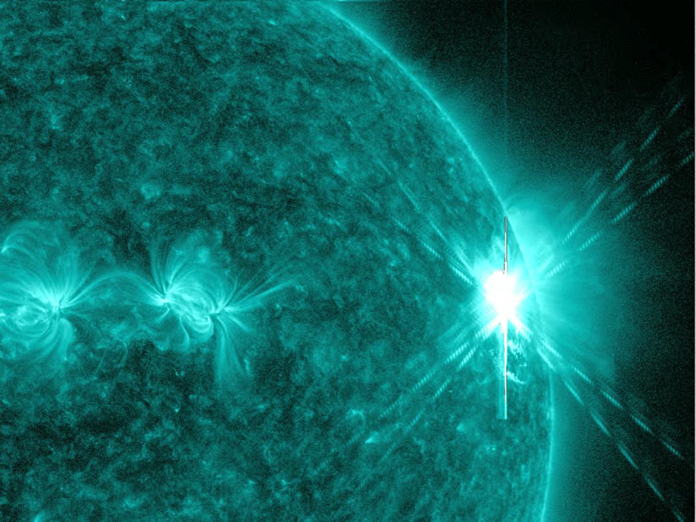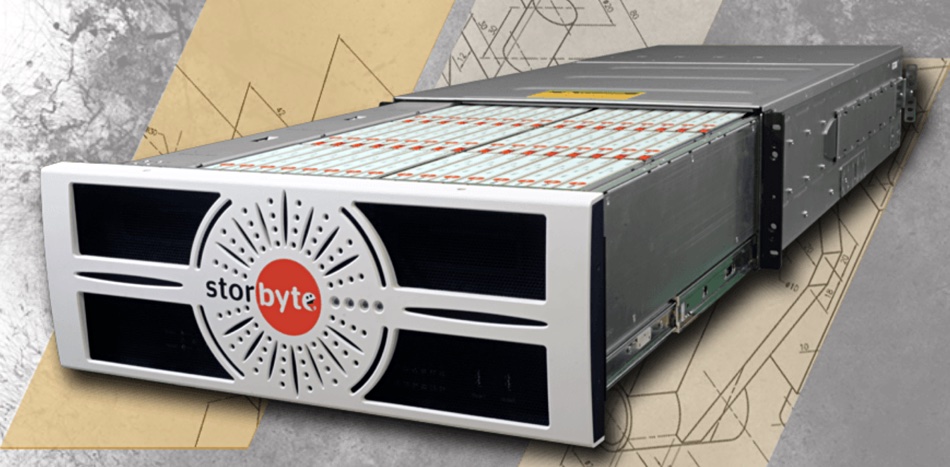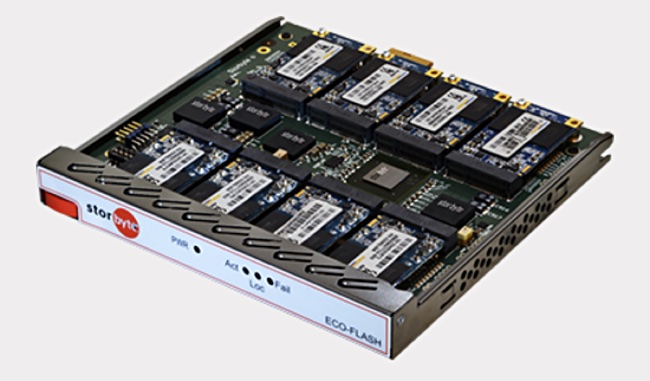
NASA is repatriating an HPC application system back on-premises to a StorONE S1 software platform, running atop a three million IOPS-plus Storbyte flash array with a ten-year write life guarantee.
StorONE’s S1 software promises to provide high performance from a ground-up rewrite of the storage stack, and supports any storage server hardware, any storage media, and any storage protocol. Storbyte provides the hardware and it is a 4:48 ECO*FLASH array. This comes in four-rack unit, dual-active:active controller, hot-swap component enclosure, fitted with up to 48 2.5-inch drive bays using dual-port, SAS-connected ECO*FLASH drives, not standard SSDs.
Gal Naor, StorONE CEO and co-founder, said in a statement: “There is no more mission-critical environment than NASA, and they needed extreme density in storage resources. The result is they can achieve the maximum IOPS, throughput, and capacity of their media investment, and achieve the maximum utilisation of their storage resources, adding capacity as requirements grow.”

NASA expects to to lower its total cost of ownership, while maximising data protection and increasing functionality in their High Performance Computing (HPC) environment. It has added an active archive application to the system, alongside the HPC workload, as the S1 software can isolate the two workloads from one another.

The hardware (see datasheet) has interesting characteristics. Storbyte builds its own physically large drives and gives them a ten-year unlimited drive write warranty. There is clever software minimising write amplification factors and distributing data across the myriad flash chips inside the drives, with settable RAID levels (0, 5 and 6) on the drives.
We understand that each drive is built from four groups of four flash modules with a Hydra ASIC striping data and load-balancing across each module. The group of four Hydra ASICs is managed by a master Hydra ASIC. The system parallelises IOs across the base modules. The module-controlling ASICs have a more efficient garbage-collection scheme than normal, with less capacity wasted through re-writes.
The array delivers 21GB/sec and supports multi-protocol connectivity — Fibre Channel, Ethernet, InfiniBand and SAS. The warranty includes a no-charge controller and connectivity upgrade at the five-year point.
NASA is starting with 640TB raw capacity, using 12x 8TB drives, with expansion potential to 48 drives and 1.5PB. Storbyte’s own data reduction can increase this capacity to a logical 7.5PB.
All in all, NASA has a vast IT estate and this system is a relatively tiny part of it. But, together with the StorONE software, this Storbyte system looks like a 4U powerhouse. The Storbyte ECO*FLASH arrays were first introduced in May 2018. Just over three years later they may now have storage array software from StorONE that can make good use of their hardware in NASA’s HPC, high-write rate environment.







